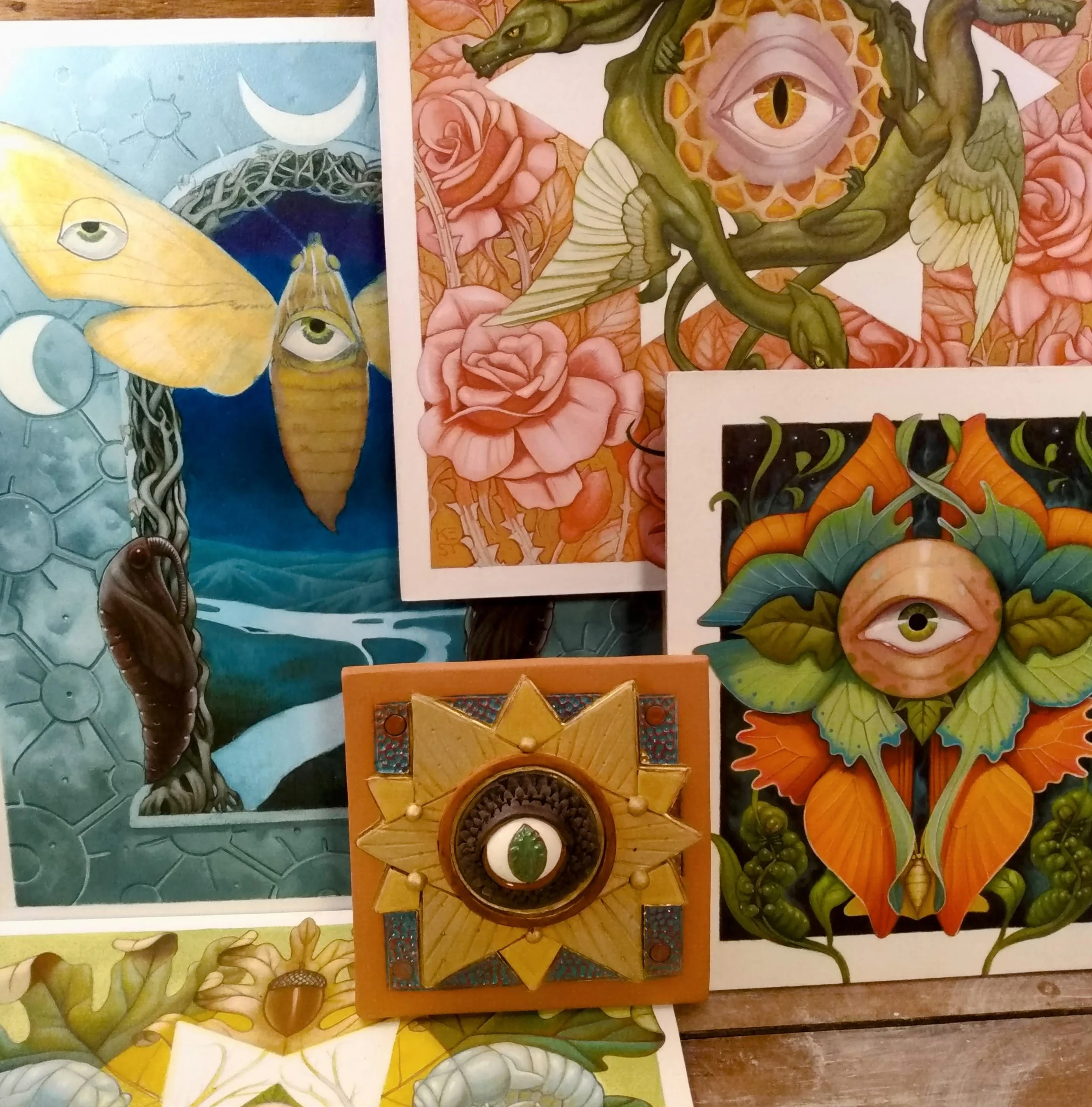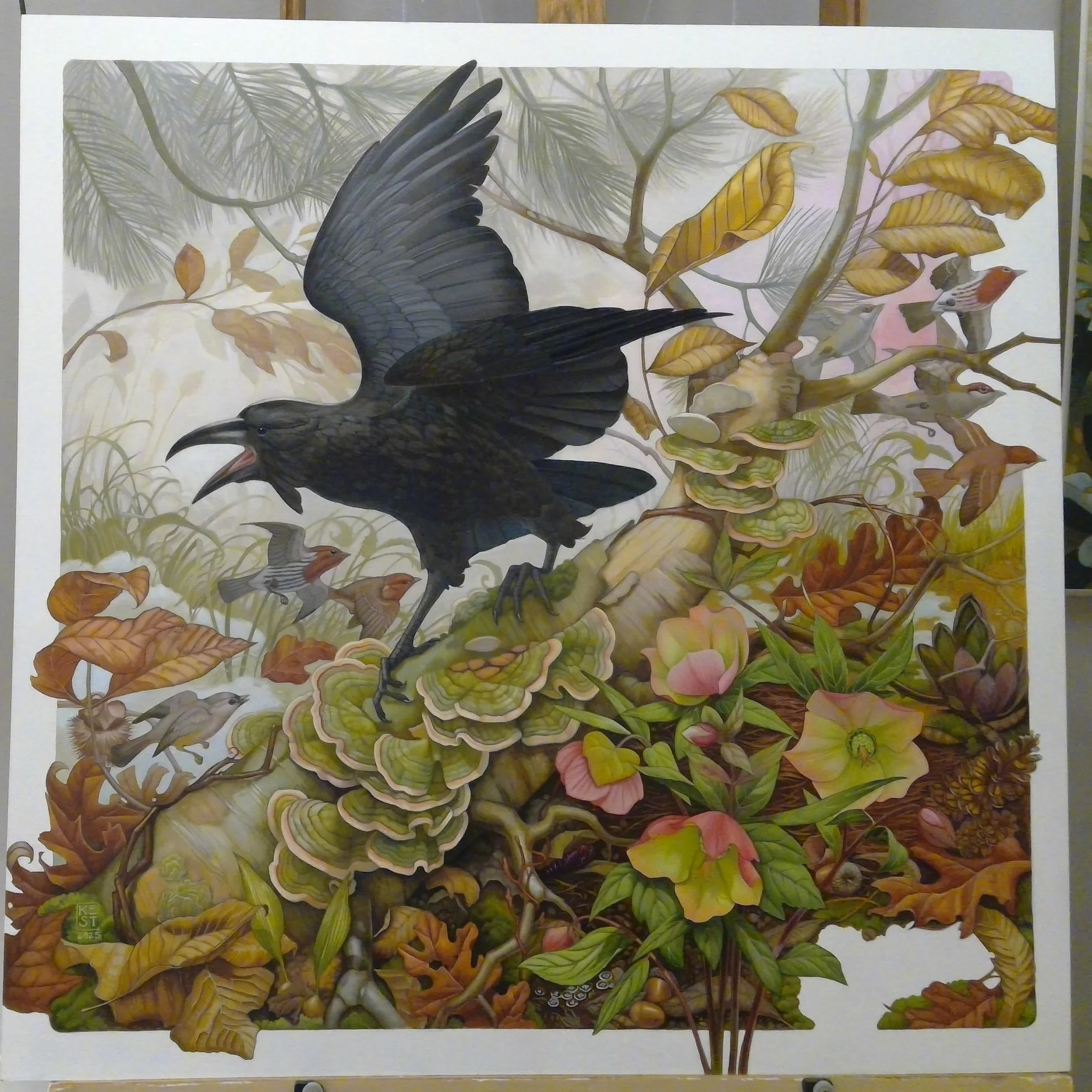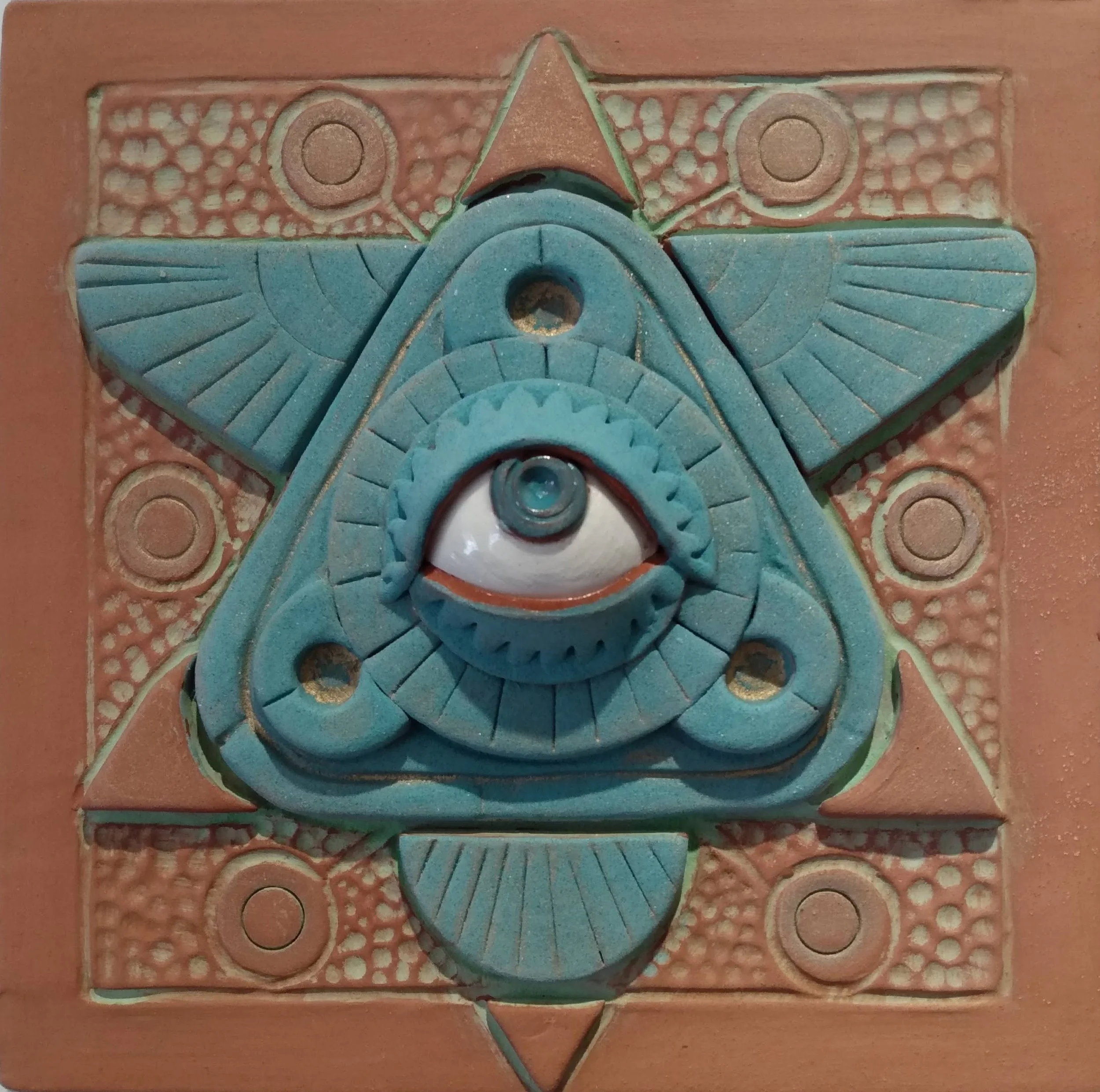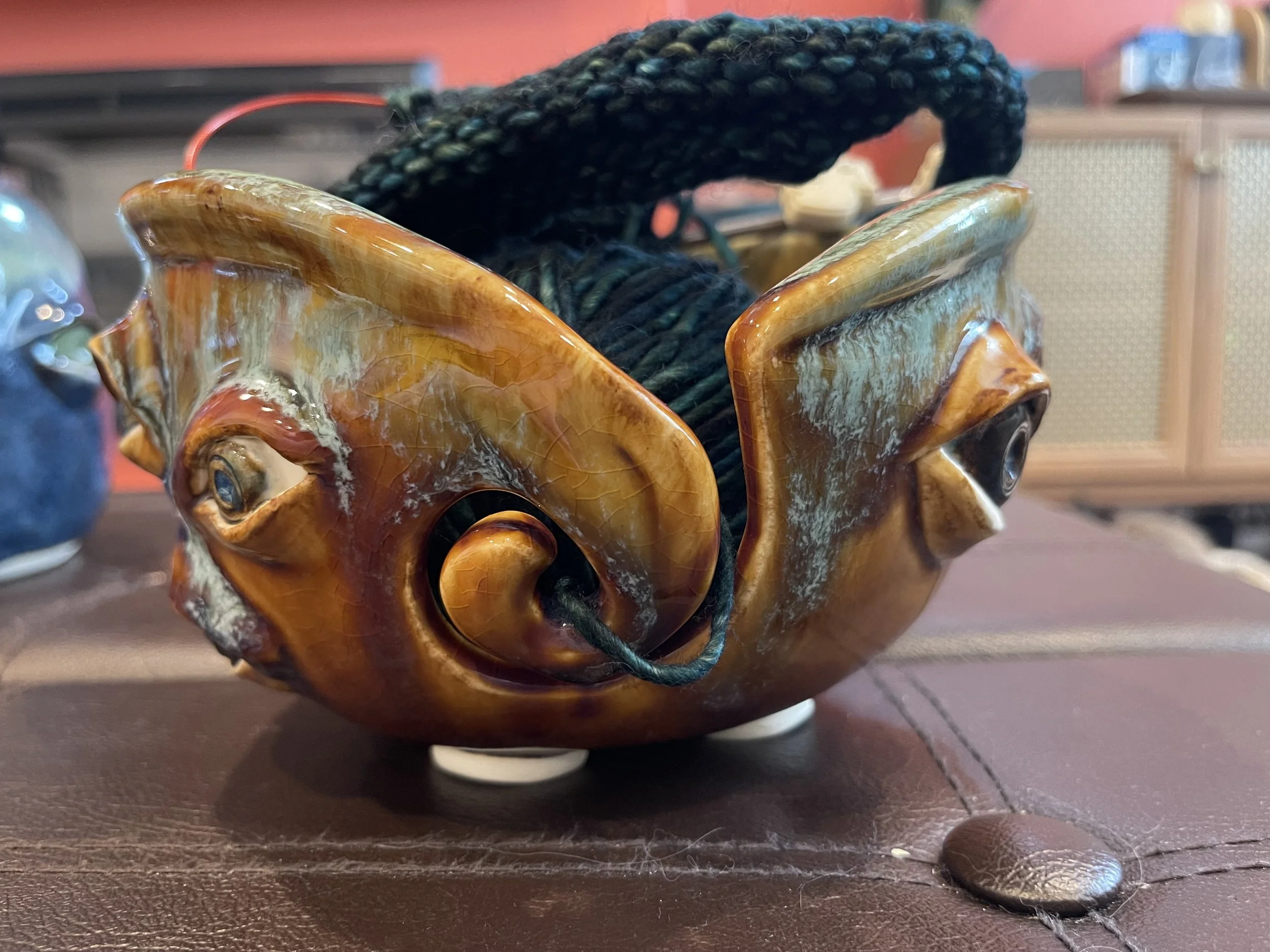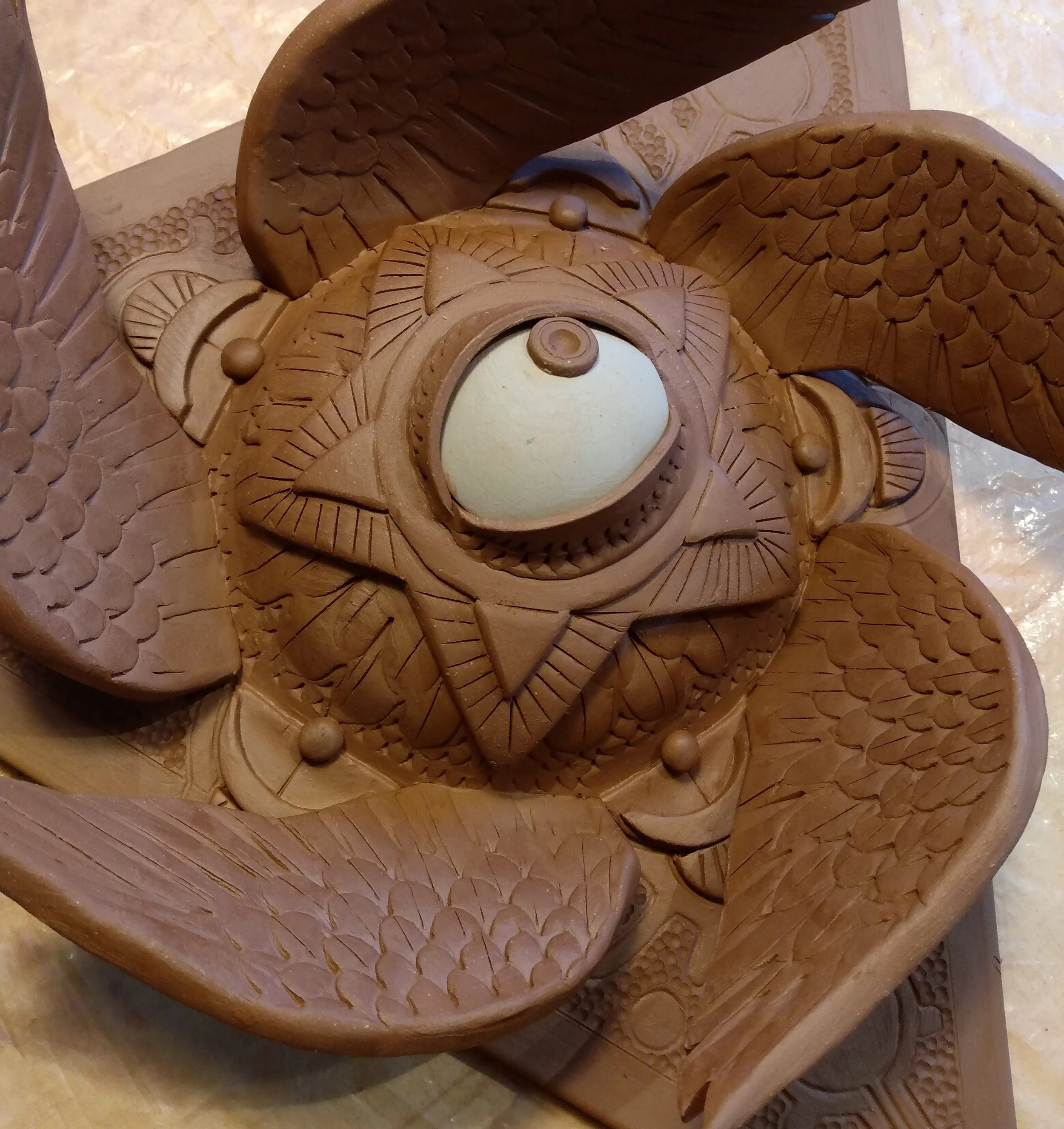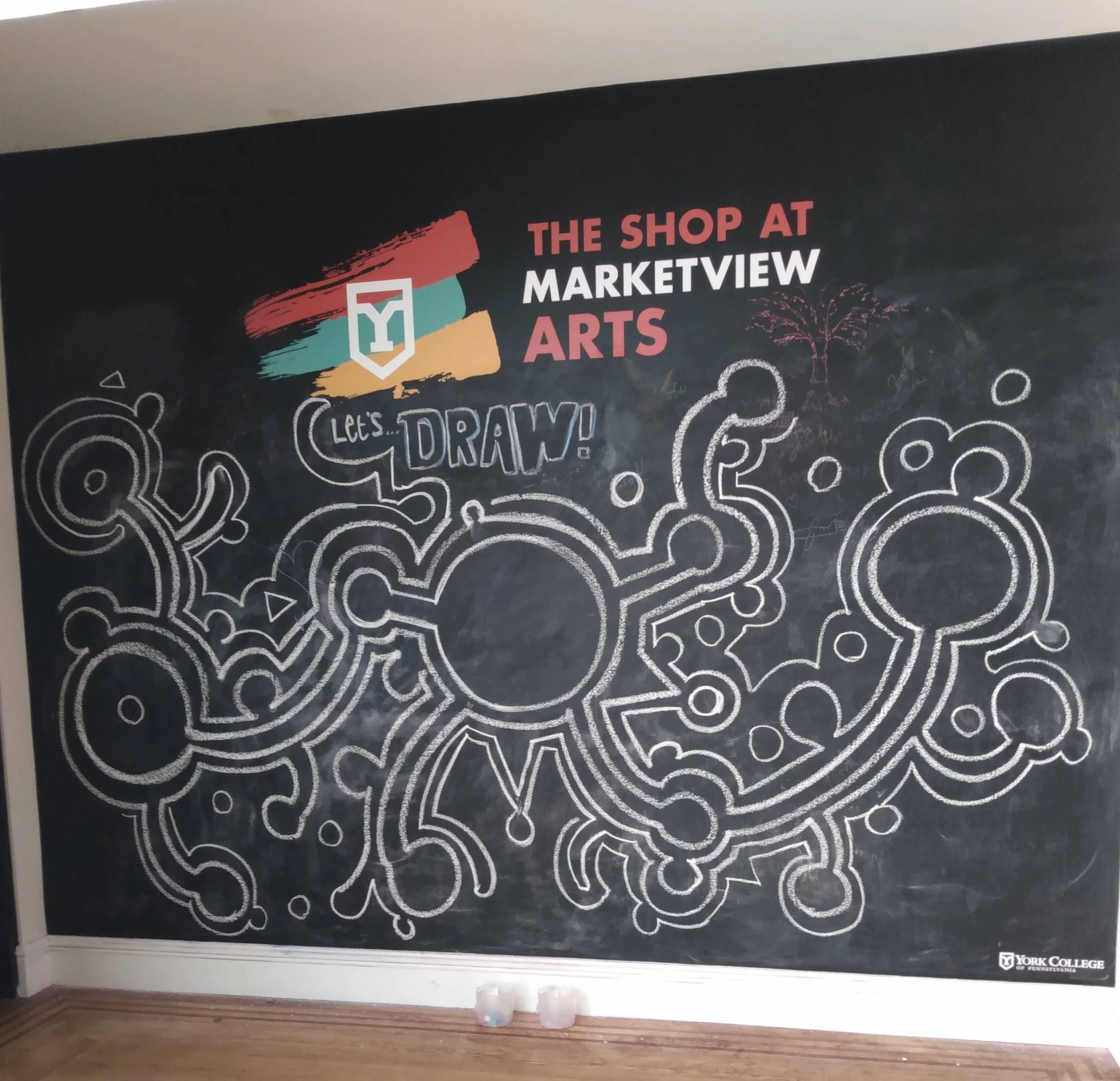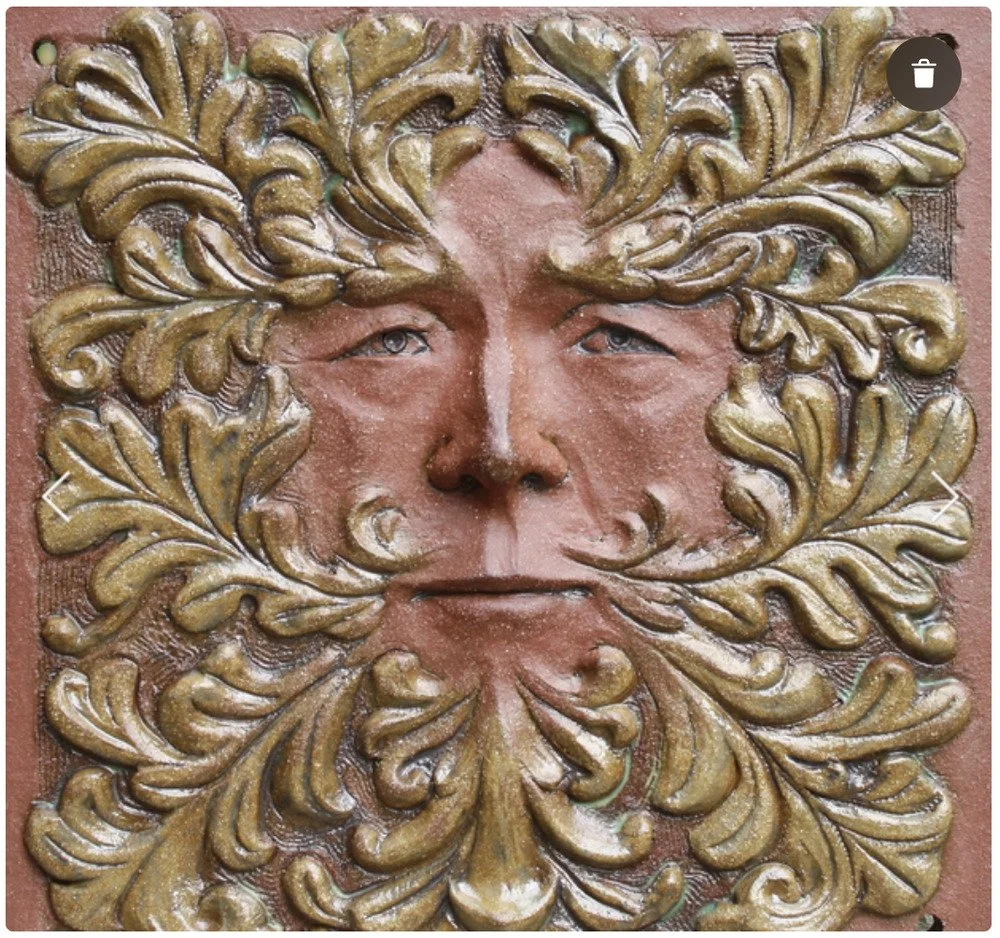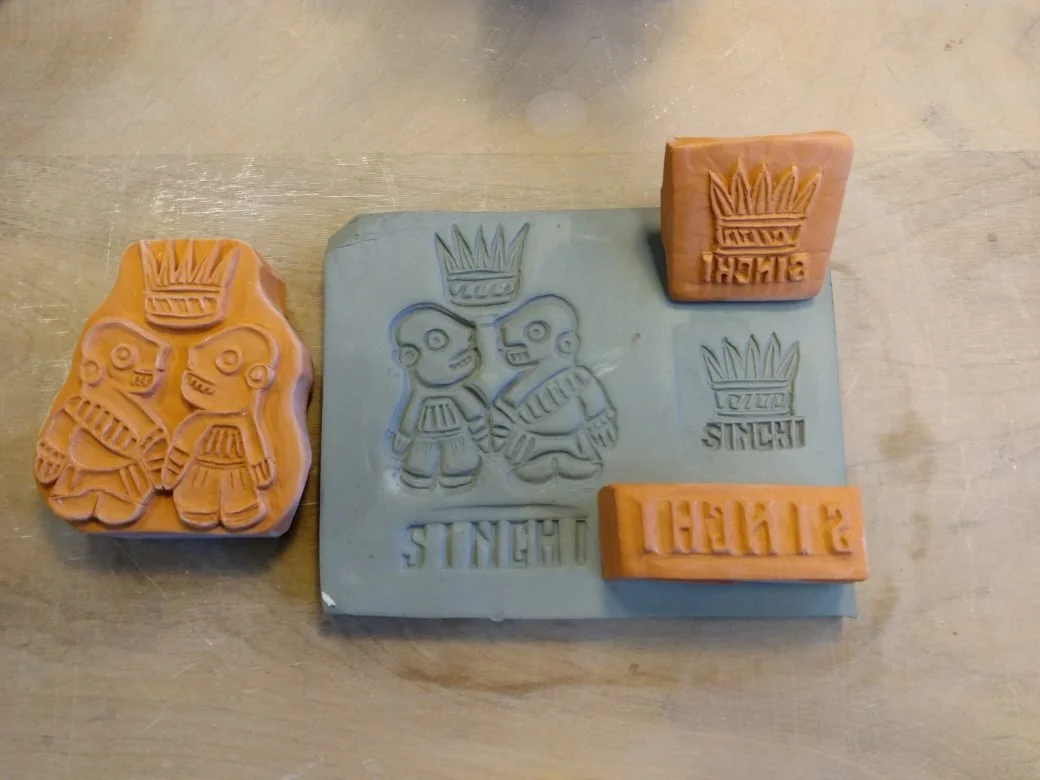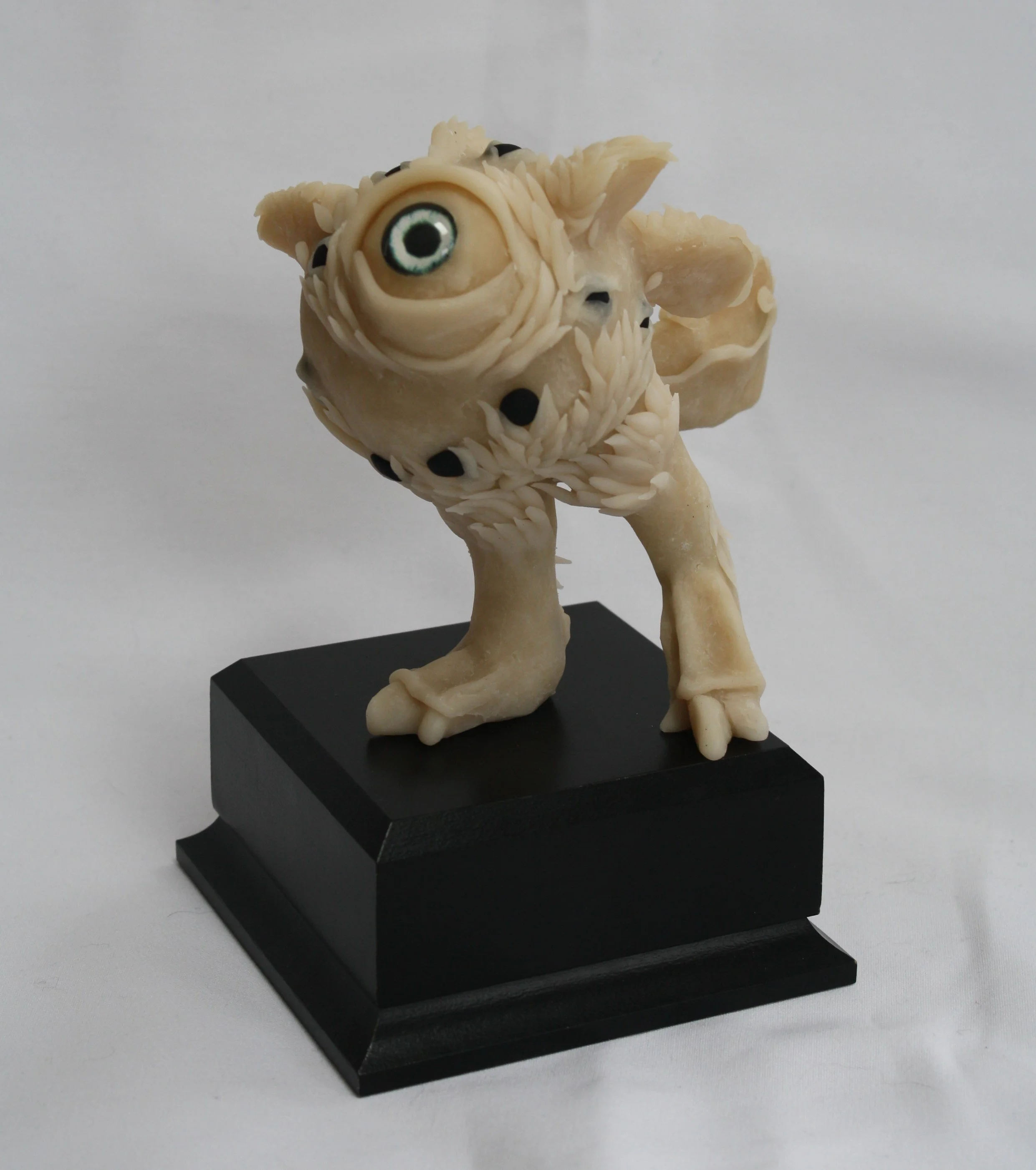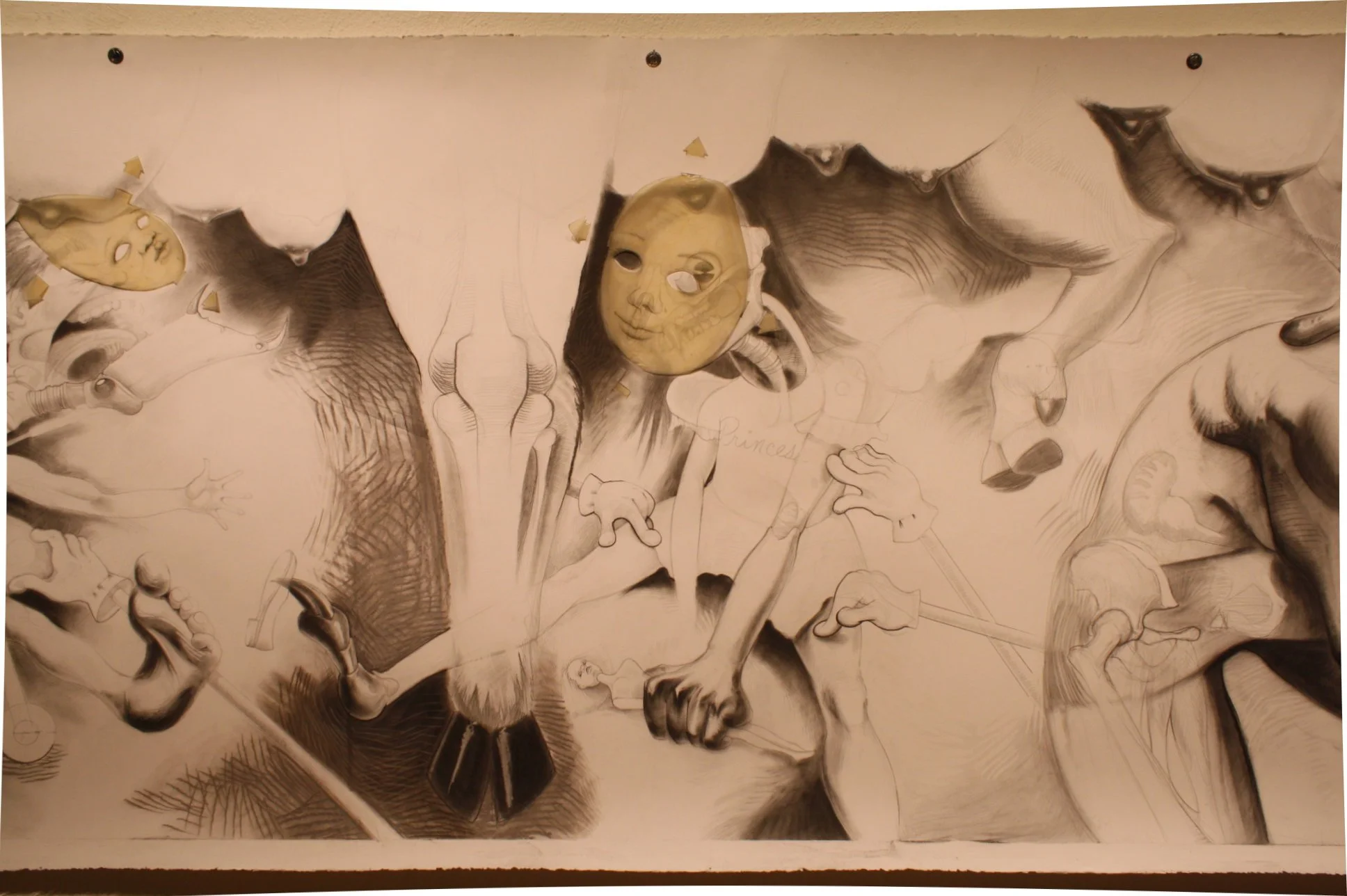“At the end of the day people won't remember what you said or did, they will remember how you made them feel.” ~Maya Angelou
Friends who’d seen The Banshees of Inisherin, asked me to weigh in on what I thought about the movie’s interesting secondary theme of “artistic legacy”.
[Spoilers]
In the story, fiddler, Colm, decides he wants to break up his friendship with Padraic because he wants to devote his remaining time on Earth composing his magnum opus. In a memorable pub scene, a drunken Padraic confronts his former friend and says “I thought you were nice. Maybe you weren’t ever actually nice.” And Colm’s response is that nobody will ever remember if you were nice or not, they’ll only remember whether you made great art. Colm’s sudden aversion to Padraic is that he now considers the daily 2 pm pub chats with his friend a huge waste of time because he could be doing more serious, more important things. Colm really comes across as an asshole at first for this pronouncement. I mean, what could be more important than your friends? But some of it was making real sense to me (before he began cutting off his fingers) and the dialogue raised a couple of big issues for me as an artist (and maybe life in general).
Such as— How much social interaction do you carve out of the time you might be working? Or how do you have healthy boundaries with people who have no consideration of your time and are happy to infringe on it without asking? How much access do we grant to others to see or interact with our personal lives?
For some of us artists, we’re a whole lot nicer when we’re working. /raises hand\ I say no to the majority of invitations and requests so I can say hell yeah to my daily creative practice. My passion for my work is a whole heart and head thing which means I don’t wish to run away from it. Maintaining boundaries for interactions which would rob me of my creative life and equlibrium are essential. I’m allergic to drama. A stable, contemplative life is the most conducive environment for my creative work.
Then there’s the question of whether one has a right to change their mind about a thing. Is not it okay to like a thing your whole life and then decide one day that you no longer like it? What about deciding that you want something better for your life? A better job, a safer neighborhood, non-toxic influences, improved physical/ mental health outlooks? Siobahn, leaves the island and her brother for a “better” life, choosing to cast her lot elsewhere rather than die lonely in the same spot with the same people doing the same thing day in and day out. The status quo no longer serves her life. She and Colm are status quo-breakers in the film; Padraic and Dominic are maintainers of the community status quo. They get their hearts broken and suffer literal and figurative deaths for it.
We sometimes hear people referring to their children and family surname as their “legacy” and this is an oft heralded achievement. But when artists use that word, legacy, it’s suspect. Is it because we’re not dead yet? Because we haven’t yet finished the work? Perhaps legacy is what other people and culture says about us. To discuss legacy while we’re still alive might be putting the cart before the horse.
What Padraic wants to be remembered as is a nice person. Colm doesn’t care whether he’s remembered as a nice person or not. He just wants to be remembered as a great artist.
Which brings up maybe the most important point of this musing. A nuance in this polarized discussion.
An artist may feel that their purpose isn’t to make their audience feel nice or reinforce any status quo. Art can challenge injustices. It can shed light on societal wrongs. It can be a mirror to some lives and a window into others’ lives. It challenges perceptions and broadens expectations. It’s meant to disrupt the status quo in some way.
A more meta thought: the writer-director of this story could have made a documentary about the Civil War and how it drove a wedge between families and communities, but instead, he tells you a story about characters who become “real people” we care about. And when they tell the truth about themselves, we get our hearts broken. Art isn’t always nice. It breaks the status quo. It scratches the surface and reveals darkness, complexity, and despair. And in this movie, the art does it gently, compassionately, but truthfully. Just as Siobahn breaks Dominic’s heart.
How we want to make people feel is important to consider. Padraic and Colm both want this—but they have deep philosophical differences about the methods by which they affect people. Padraic’s niceness is a direct path of connection and Colm’s music is a more future-oriented one.
In all, I think it’s important to remember that when we do interact with others and our audience we should treat everyone respectfully and kindly. Becoming a famous or wealthy artist is never a license to treat others like crap. Keanu Reeves is a great example of how an artist can be an exceptional human being.
Our philosophy of life, our kindness, infuses our artistic work and people can tell what motivates us even if they don’t know it consciously. They only know how it makes them feel— even if it makes them think.
A welcoming art that piques curiosity, sparks empathy and joy, pushes open the door to our work. Even work that makes us uncomfortable can do this in a way that welcomes the viewer to come in. Art doesn’t have to be kind, but it does need to be a compassionate place for the viewer.
Happy Padraic’s Day.



